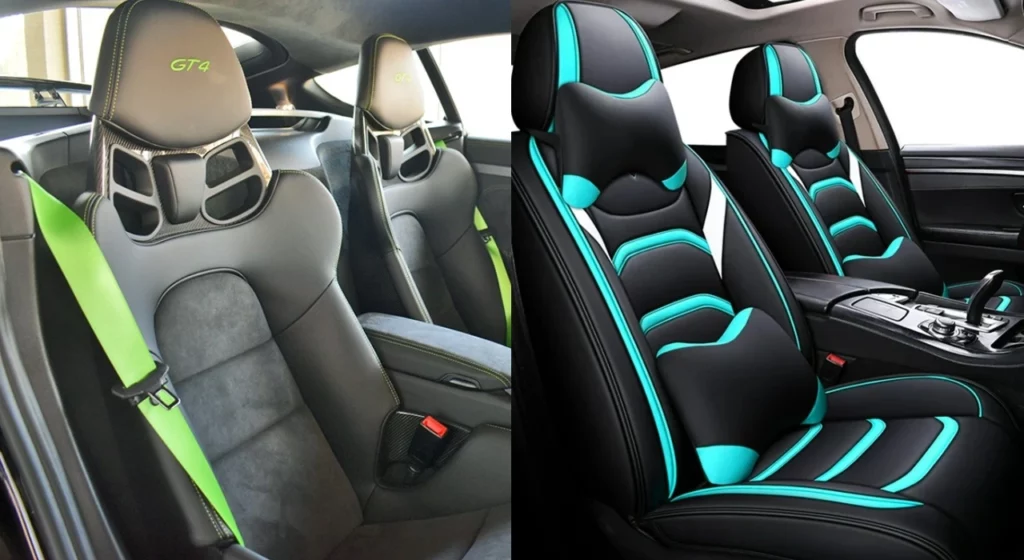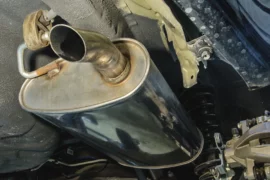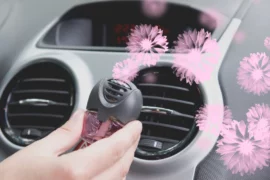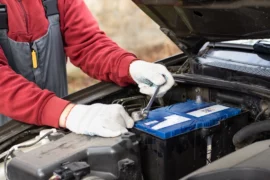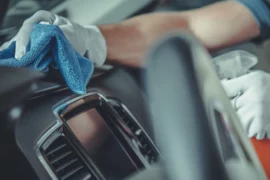Green cars have grown in popularity among customers as the world turns toward eco-conscious transportation. From hybrid and plug-in hybrid to fully electric, these cars have great fuel economy and low emissions.
Though batteries, motors, and charging infrastructure usually take top billing, another important but underused element is the full set of belts in green cars. Passenger safety, comfort, and perhaps even operational efficiency depend mostly on this fundamental system.
In this blog, we will explore the components, varieties, installation advice, and upkeep instructions of a complete set of belts, along with their role in green cars. Whether you’re a green car aficionado, a recent EV owner, or just inquisitive about automotive safety, this blog will offer in-depth knowledge on this vital component.
What is a Whole Set Belt in a Green Car?
Covering all seating positions, the whole seat belt installation in a vehicle is known as a whole set belt. This usually covers:
- Front and rear seat belts
- Pretenders
- Retractors
- Tightening of buckles
- Webbing and anchor bolts
The whole set belts has to match the structural design of green cars, especially those made of contemporary lightweight materials and cutting-edge safety technology, as well as their passenger safety systems.
Why Seat Belts Still Matter in Green Cars?
Although green cars employ state-of-the-art technology, seat belts continue to be the first barrier of defense in an accident. This is why they remain vital:
- Supplemental: Airbags work best with seat belts. Airbags can cause more damage than benefit if belts are not present.
- Reduces ejection risk: A properly working complete set belts keeps passengers safe in rollover accidents.
All green vehicles have to satisfy national crash safety requirements; seat belts are an inevitable feature.
Also Read: Experience true RS3 performance in Assetto Corsa with this mod
Components of a Whole Set Belt System
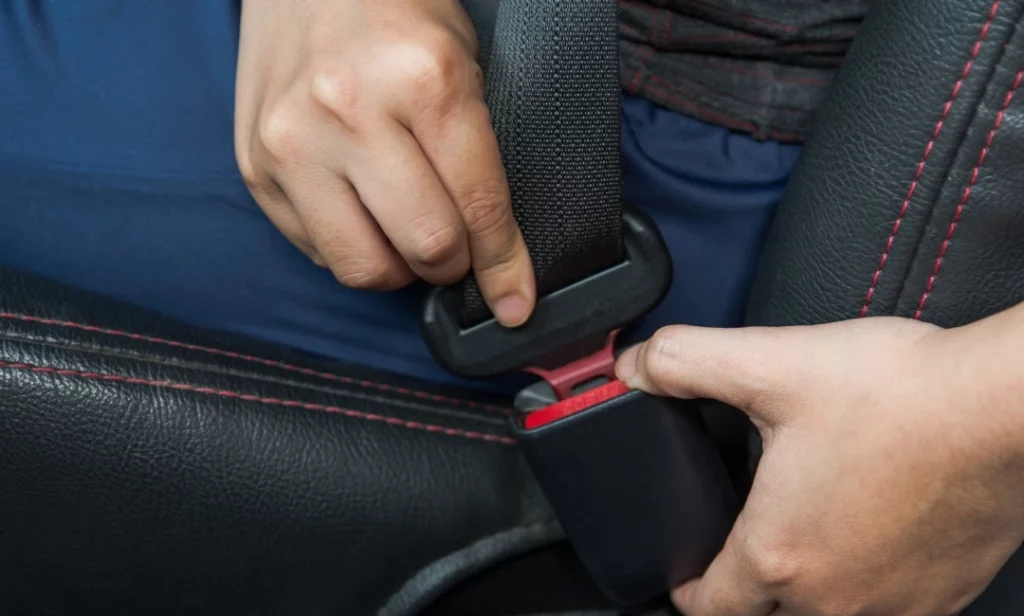
Each section of a complete set belt system helps to determine its general safety and operation:
Webbing
This is the robust fabric strap that runs over the body of the passenger. Built to withstand wear, heat, and stretching during a collision, it is composed of sturdy polyester.
Retractor Mechanics
The spring-loaded device lets the belt expand and retract. It locks at once during abrupt stops or collisions to keep the passenger safe.
Pretensioner
This gadget, activated during a collision, tightens the seat belt immediately to eliminate slack and keeps the passenger firmly in place before airbag deployment.
Load Limiter
Controlled belt give after the pretensioner activates is made possible by this component, which also helps to prevent too much force on the chest and lessen injuries during a collision.
Latch and Buckle plate
The seat belt is firmly secured by the buckle; the latch plate slides into it. Some models include sensors that cause dashboard warnings if left unbuckled.
You May Also Like: Learn the pros and cons of full synthetic and synthetic blend oil here.
Types of Seat Belts Found in Green Cars
Below are the types of seat belts found in green cars:
1. ThreePoint Seatbelt System
The most prevalent type, found in almost all seating arrangements. It uses one continuous strap to hold the upper and lower body firmly.
2. Lap Belts
Located only around the hips, these are less protective but simpler. Often they are located in front seats from older times or the center rear ones.
3. Seat Belts Inflatable
These mix a classic belt with an impact-inflating airbag. Particularly for backseat passengers, they help to lower accident risk.
4. Electrical or motorized seat belts
Found in some high-end EVs, these belts automatically extend and retract for comfort. Frequently using smart sensors adds convenience and safety.
How Green Vehicles Improve Seat Belt Performance?
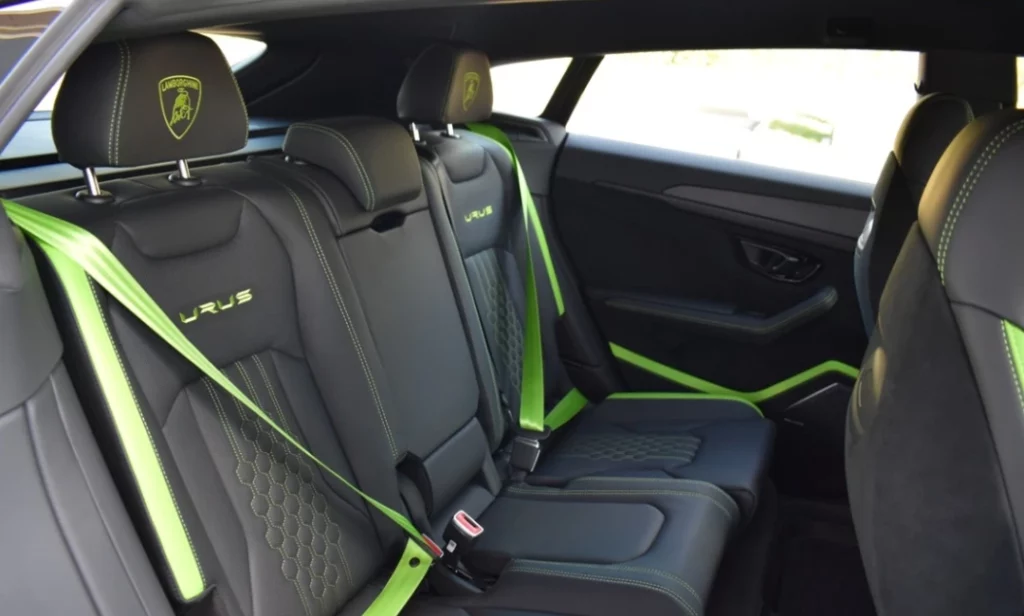
Modern green cars feature sophisticated safety systems that interface with the seat belt arrangement:
- Onboard sensor-controlled belt force restrictors
- Sensors to activate or deactivate airbag deployment
- Pre-crash belt-tightening systems
- For more comfort and safety, some top-end EVs feature electronic tightening belts or movable upper anchors.
Related: Peel P50 Review and Rumors Reveal a Shocking Electric Turn.
Advice for Mounting Whole Set Belts in Green Cars
Follow these important measures if you are updating or replacing the complete set belt in your green automobile:
Needed Instruments:
- Socket wrenching
- Screwdrivers
- Torque wrench
- Safety gloves
Step-by-Step Instruction:
- Disconnect the car battery, particularly in EVs, to prevent any car electrical problems.
- Access belt anchors by removing seat trim and coverings.
- Unbolt and remove the aged belt assembly.
- The new retractor and webbing assembly should be installed according to the mounting holes.
- Torque bolts to the manufacturer’s specifications.
- Test belt tension, retraction, and buckle action after reconnecting the battery.
Purchase approved aftermarket alternatives with crash-test certification or OEM (Original Equipment Manufacturer) seat belts.
Maintenance & Inspection Guidelines
Long-term safety depends on a well-maintained car seat belt system. Best guidelines follow here:
- Examine webbing monthly for frays, stains, or rips.
- Clean with only light soap and water.
- Test retraction ability by snapping
- Inspect the buckles’ latch and release system.
- Look for dashboard warning lights linked to seatbelt sensors.
- Replace the whole belt assembly instead of just one part should any component fail.
Also Like: Want to save on maintenance? View Valvoline 2025 oil change prices.
Common Issues and Troubleshooting
Green cars, particularly electric ones, may have intelligent seat belt systems needing particular care.
| Problem | Possible cause | Solution |
| The belt is not retracting properly | Dirty retractor or jammed spring | Clean or replace the retractor |
| Warning light despite fastening | Faulty buckle sensor | Replace the sensor or buckle assembly |
| Belt fraying twisting | Misaligned anchor or worn webbing | Realign or replace the belt |
| Airbag light on | Seat occupancy sensor malfunction | Check connections under the seat |
Why Choose Quality Seat Belts for Green Cars?
Selecting premium whole set belts will greatly improve both safety and driver comfort:
- Superior components survive and withstand wear over time.
- Top impact performance.
- OEM belts have an interior design that matches your green car.
- Perfect airbag and digital alert operation.
Buying Considerations for the Whole Set Belt
Before buying a replacement or upgrade, consider the following:
- Confirm vehicle model and year compatibility.
- Search for safety certificates such as FMVSS or ISO.
- Choose UV-resistant and flame-retardant materials.
- Think of pretentious behavior and forced-limitation choices.
- Always compare warranties as well as client comments.
- Full set belt kits customized for green vehicles are available from popular internet sites, including eBay Motors, Amazon, and specialized EV components stores.
Also Check: Want a stronger, greener SUV? Check out the 2026 RAV4 with 302 HP.
Environmental Consideration: Can Seat Belts Be Recycled?
Mixed materials make traditional webbing challenging to recycle. Nonetheless:
- Buckles and anchors made of metal can be melted and repurposed.
- For bag, strap, and accessory applications, webbing upcycling is becoming more and more well-known.
- Ask local scrapyards or automotive recyclers who accept seat belt assemblies.
FAQ’s
1. What does “whole set belt” mean in a green car?
Including retractors, buckles, and webbing, it covers the whole seat belt system for every seat in the car.
2. Can I install a whole set belt in my electric car by myself?
Yes, if you have the tools and some basic mechanical aptitude, but professional installation is safer and advised.
3. Do green cars have special seat belts?
For improved safety, many green vehicles have smart integrated belts that link with sensors and pre-crash systems.
4. How often should I inspect or replace seat belts?
Examine monthly and replace quickly if there are indicators of fraying, damage, or failure.
Conclusion
Not only is the whole set belt in green cars a required safety element; it is also an essential part of a vehicle’s smart safety ecosystem. Along with electric and hybrid vehicles, their inside safety mechanisms have to change as well.
Knowing your car’s seat belt system is a step toward safer, wiser driving, whether you’re replacing a component, upgrading for more security, or simply learning the mechanisms.

